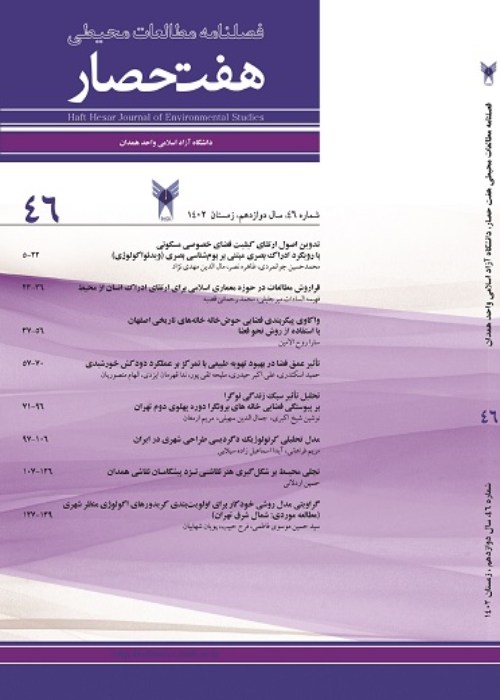Genealogical method of urban typo-morphology with the aim of deriving pattern for providing form-based codes
The emergence of form-based codes (FBCs), along with the familiar and near-universal rejection of conventional zoning, is a complex story, and more interesting than might first be supposed. The Codes Study generally does not track developer-driven form-based codes. The socio-economic context of form-based codes has shown positive FBC impacts on physical and environmental well-being What form-based codes try to, is notifying morphological features for keeping the identity of urban fabrics along the ages. This mission is important especially for valuable fabrics of contemporary cities. Nowadays these fabrics are causing damage in front of losing their identity, more than every other time. The problem is to find the method of getting morphological patterns that are integrated and the whole of the city. But they changed to an inappropriate thing. Therefore infill and renovation development in historical fabrics especially, need to follow the principles according to form features and place against solid and unimaginable codes.
This article aims to design the genealogical method that is able to cover the problem of deriving the urban patterns and typo-morphologies to a systematic and categorized style in form-based codes logic. The structure of this research has been made in three levels. First of all, it has provided a genealogical map from historical fabric based on Ghajar era’s maps before modernistic actions and surgery the city fabric. Then surveying the patterns at architectural units with the usage of typo-morphological relation between built spaces and open space. At last, it has taken the access link pattern for open spaces at the hierarchy of centers and squares.
The outcome of this essay is to concentrate on the study of form bares two utilitarian tools. First, a typo-morphological matrix that shows the relation between mass and space for each parcel with its pass. For illustrating the relation of mass and space it is used two species of matrices are. It is seen in matric type one patterns of mass and space and matrix type two hierarchical accessibility between mass and space. Second, a graph of structural relations that presents the way of distribution of nodes and squares in contrast to dynamic passes and roots. In addition to presenting the schematic position of nodes, it guides the logic of the relations that these nodes have with the lower or upper level of other nodes.
Eventually urban morphs be able to decompose and autopsy in different dimensions and scales with categorizing analytical data that come from the genealogical study about typologies of urban form and lead to deriving form-based codes and principles based on features of place identity. The Codes Study also tracks major initiatives and guidelines that may assist in the formulation of form-based codes.
- حق عضویت دریافتی صرف حمایت از نشریات عضو و نگهداری، تکمیل و توسعه مگیران میشود.
- پرداخت حق اشتراک و دانلود مقالات اجازه بازنشر آن در سایر رسانههای چاپی و دیجیتال را به کاربر نمیدهد.


